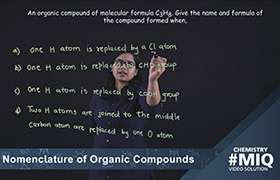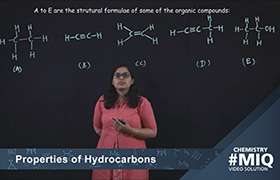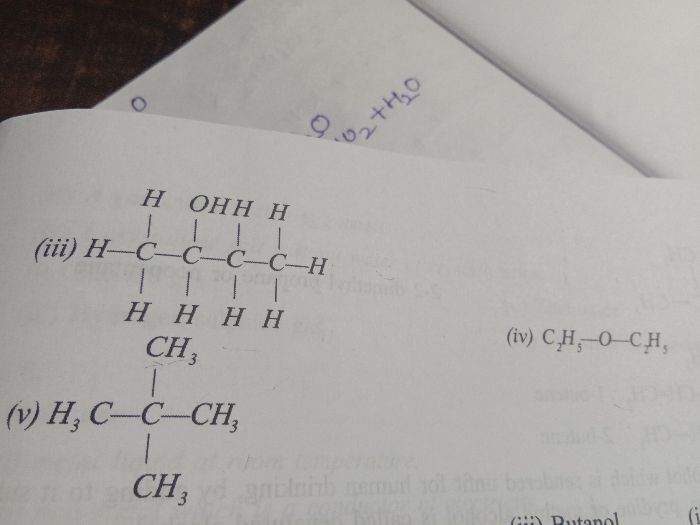ICSE Class 10 Answered
Optical isomers are molecules that differ three-dimensionally by the placement of substituents around one or more atoms in a molecule.
They are the molecules which differ from each other in their behaviour towards plane polarized light.
Optical isomers were given their name because they were first distinguished by how they rotated plane-polarized light.
(i) Those optically active isomers that rotated the plane polarised light towards right (i.e. clockwise direction) are called Dextrorotatory or d-form. d-form is also represented by placing a (+) sign before the isomer.
(ii) Those optically active isomers that rotated the plane polarised light towards left (i.e. anticlockwise direction) are called Levorotatory or l-form. l-form is also represented by placing a (-) sign before the isomer.












